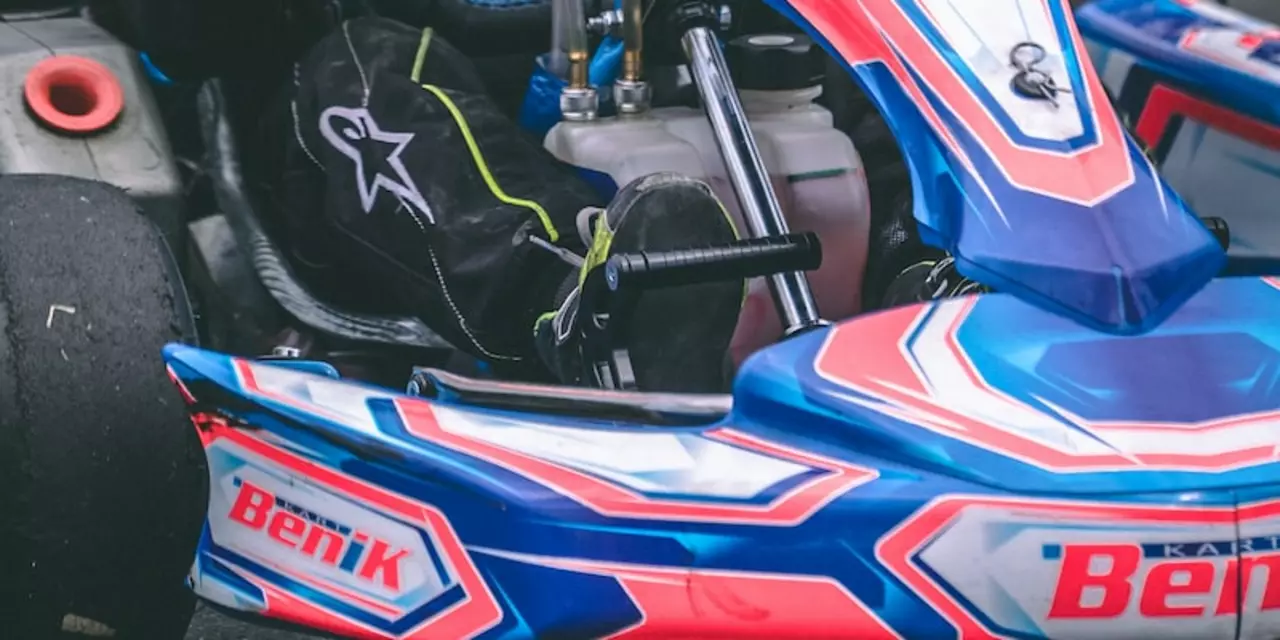Start of a Car Race: What the Start Line Means and How It Works
Ever wondered why the first few seconds of a race feel like pure chaos? It’s not random – the start line, the grid, and the lights all follow a set pattern. Knowing the basics helps you watch smarter and, if you ever get behind the wheel, gives you a better chance to launch cleanly.
What the Starting Grid Looks Like
The grid is simply a set of marked spots where each car lines up before the green flag. In most series, the pole position – the first spot – goes to the fastest qualifier. Positions then snake across the track: second place beside the pole, third behind the pole, and so on. The grid isn’t just a line on the pavement; it’s a safety system that keeps cars spaced evenly and prevents early contact.
When you walk onto the pit lane, you’ll see small steel blocks or painted boxes indicating where each car should stop. Drivers turn their engines on, rev a little, and wait for the signal. The key is staying still until the lights change – any movement early can trigger a penalty.
How the Lights Signal the Start
Most racing series use a set of red lights that count down to green. The sequence usually goes like this: all red lights on, then they start turning off one by one. When the last red light goes out, the green light flashes and the race begins. The timing between each light is measured in fractions of a second, so the exact moment of green can feel unpredictable.
Drivers watch the lights from the cockpit. Some teams use a “launch control” system that automatically revs the engine to the optimal RPM right before green. For amateur racers, the trick is simple: keep the revs a bit higher than idle, watch the lights, and release the clutch hard the instant green appears.
If you’re watching a race on TV, you’ll notice the crowd’s roar rises as the lights go out. That surge of sound is the cue for drivers to push hard, shift quickly, and get a clean start. A good launch can gain you several car lengths before the first corner.
Tips for a Clean Launch
1. Know your grid spot. The pole sitter has a clear line into the first turn, while those further back need to watch for cars ahead.
2. Set your revs. On a manual car, hold the clutch in, give a steady rev, then release.
3. Watch the lights, not the track. It’s tempting to look ahead, but the lights dictate the exact start moment.
4. Maintain balance. A sudden throttle can spin the rear wheels; smooth power helps keep the car straight.
5. Practice. Even a short rehearsal on the track can make the difference between a clean start and a spin.
Understanding the start line isn’t just for drivers – fans can appreciate the strategy behind those first seconds. The grid, the lights, and the driver’s reaction all combine to turn static cars into a moving race in an instant. Next time you hear the red lights blink, you’ll know exactly what’s happening and why that moment matters so much.
How do I start go kart racing?
Go-kart racing is a fun and thrilling sport for both adults and children that can be enjoyed anywhere. The first step in getting started is to find a local go-kart track and get some basic equipment. You will also need to get a racing license from your local racing organization and join a racing club. Once you have the necessary equipment, you will need to practice your skills and learn the rules of the track. Finally, you can start racing and competing against other drivers. With dedication and practice, you can take your go-kart racing to the next level.
Read More